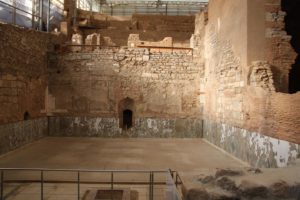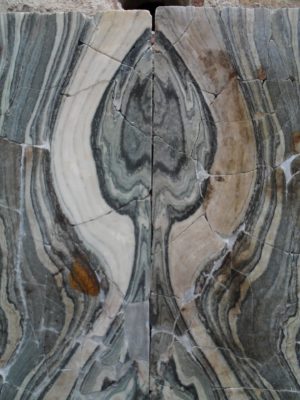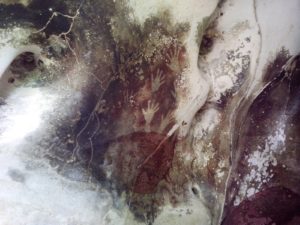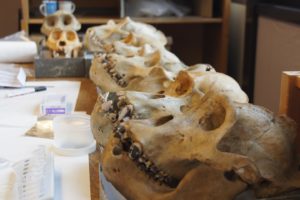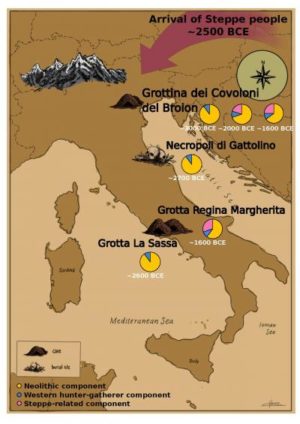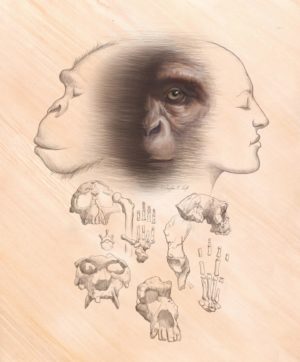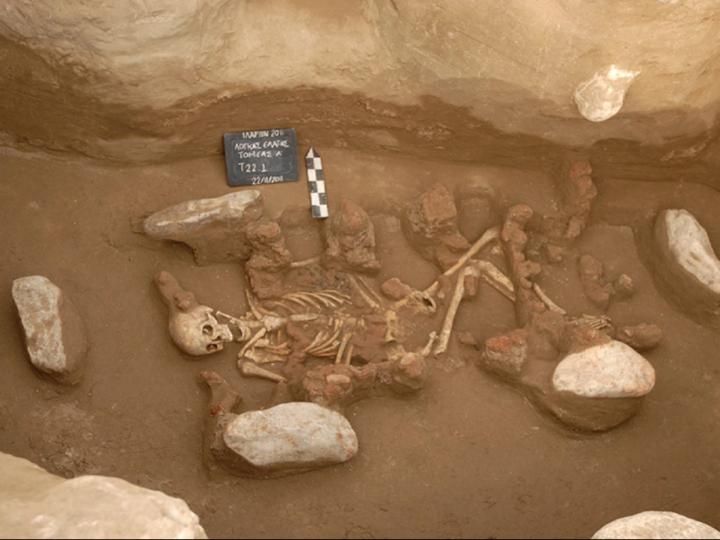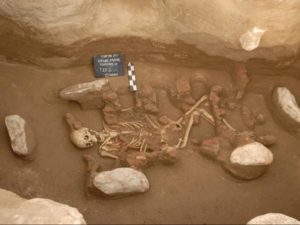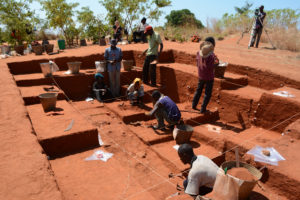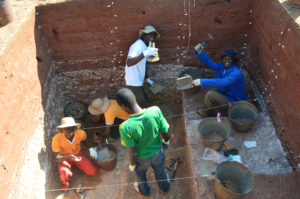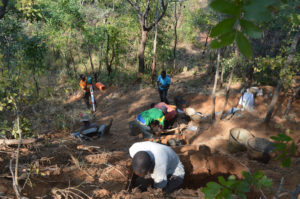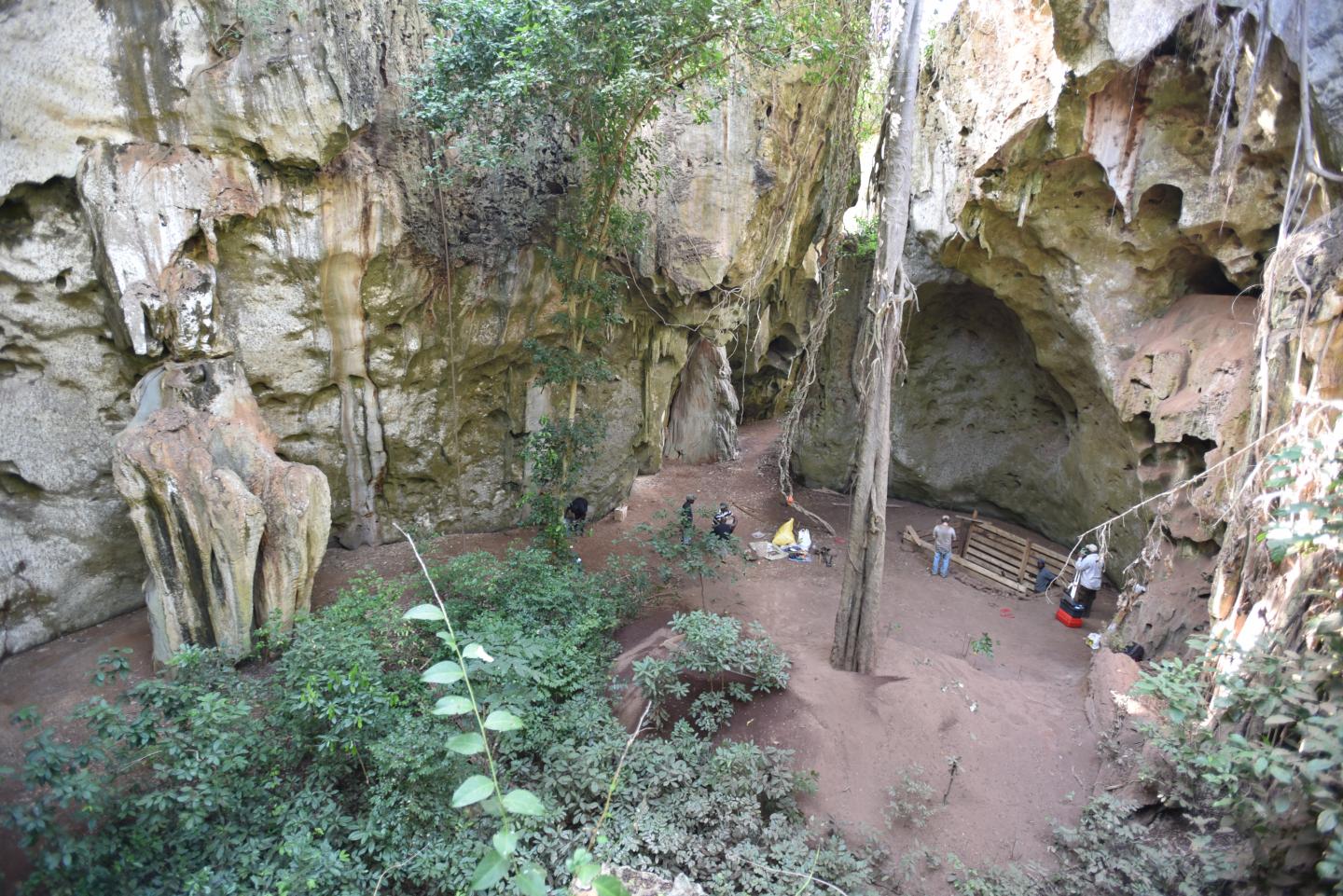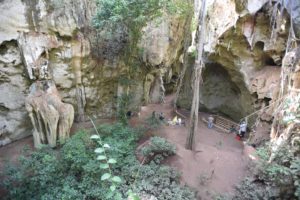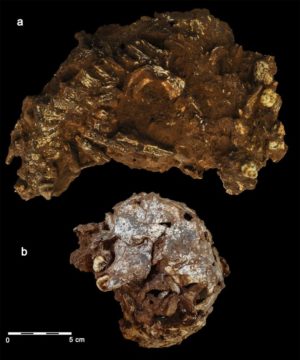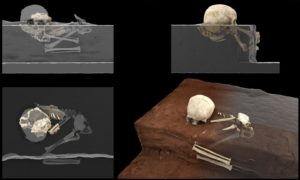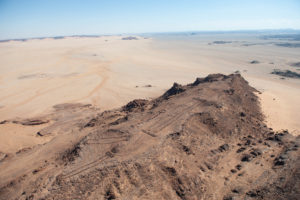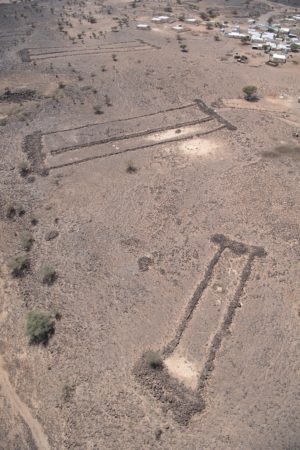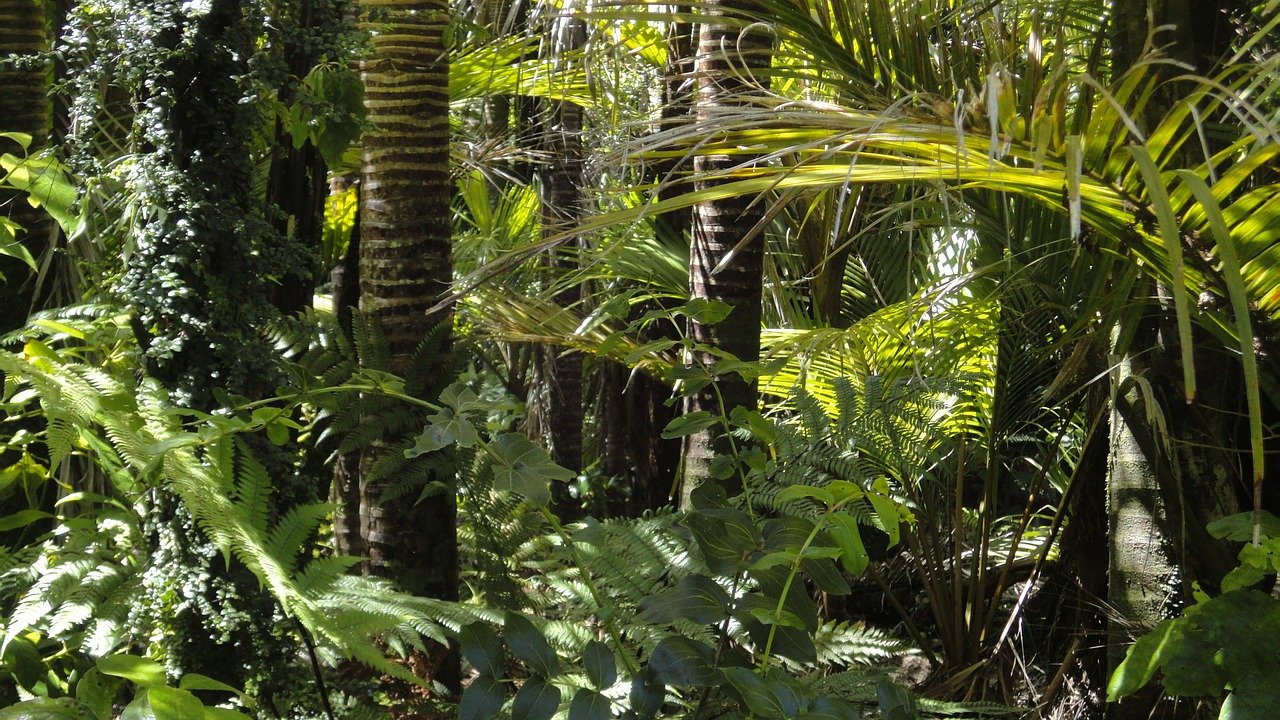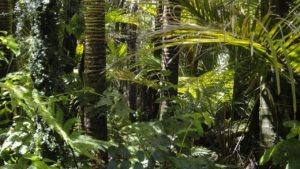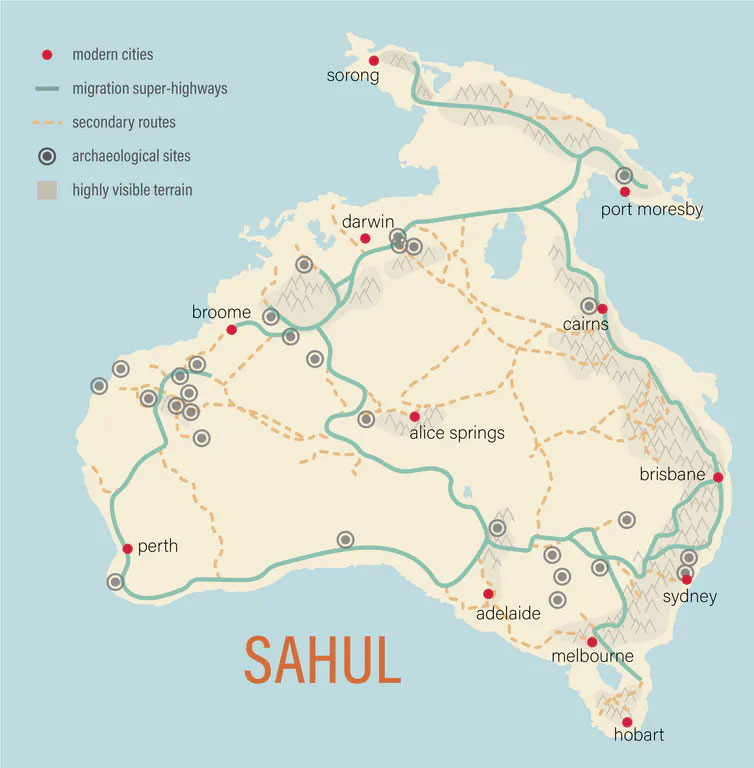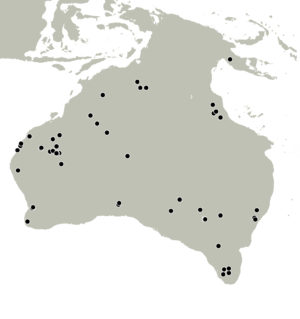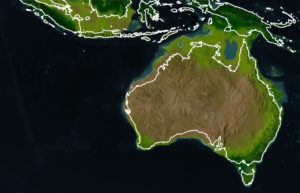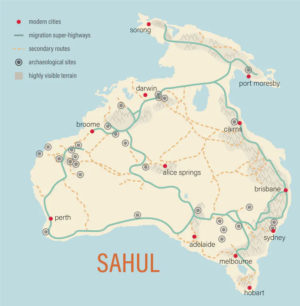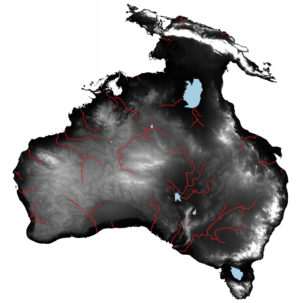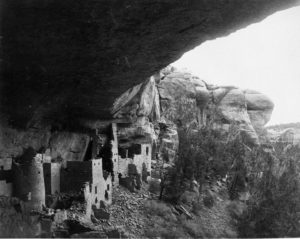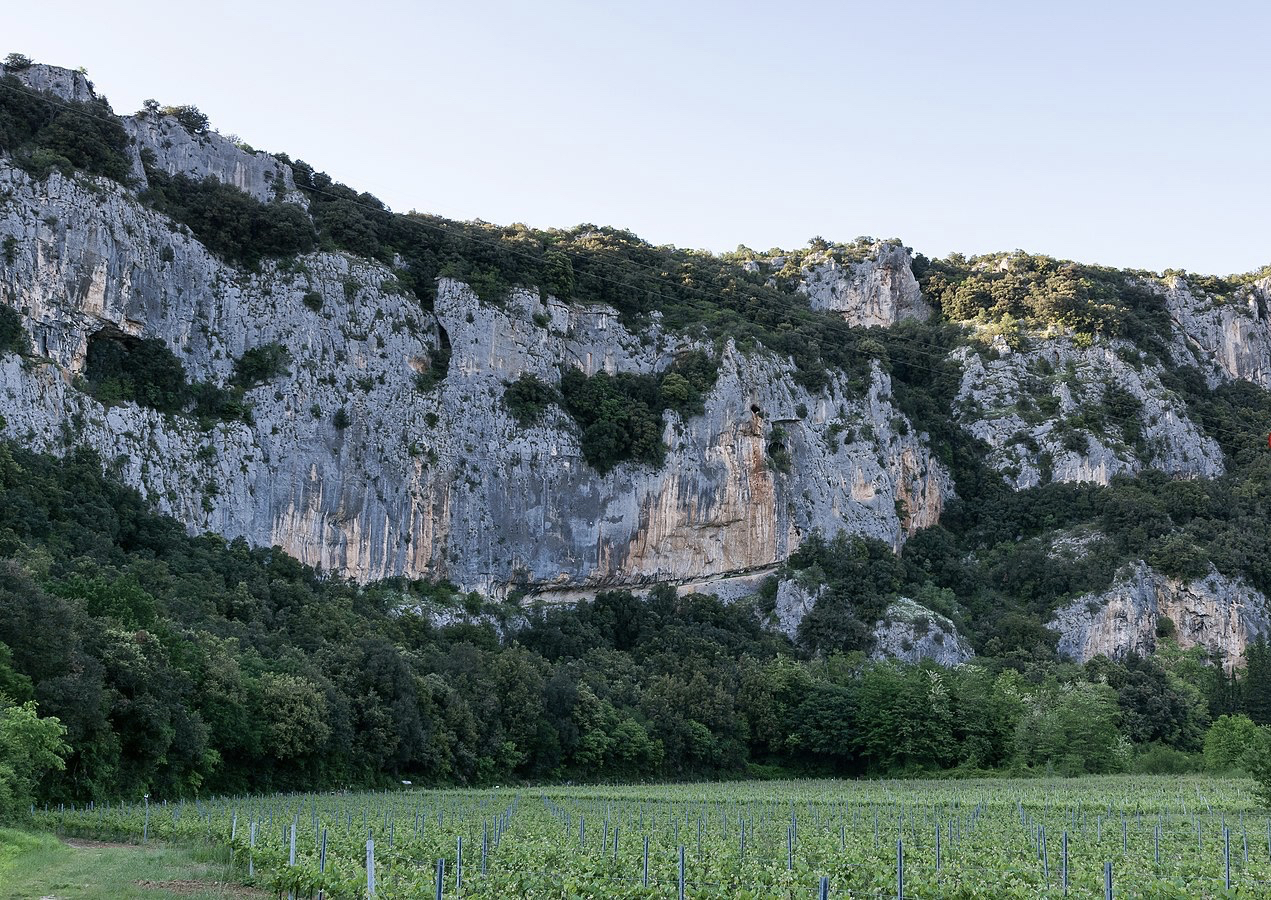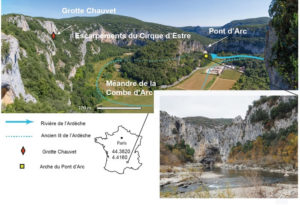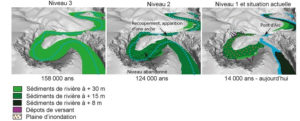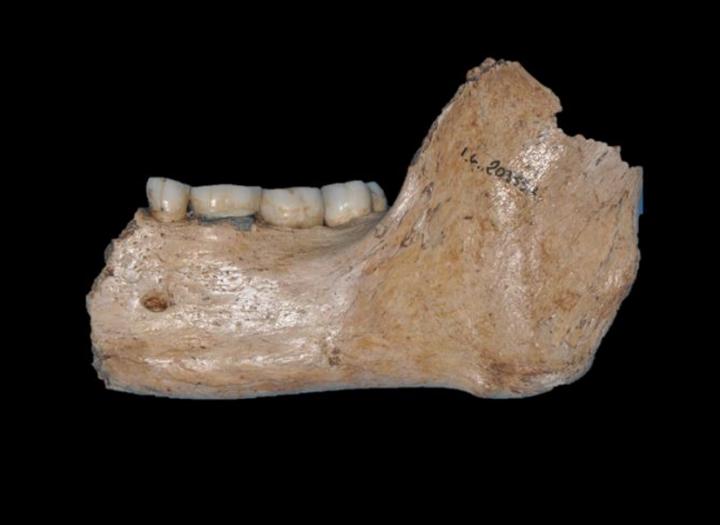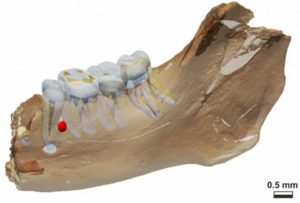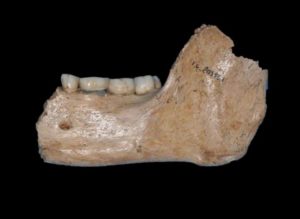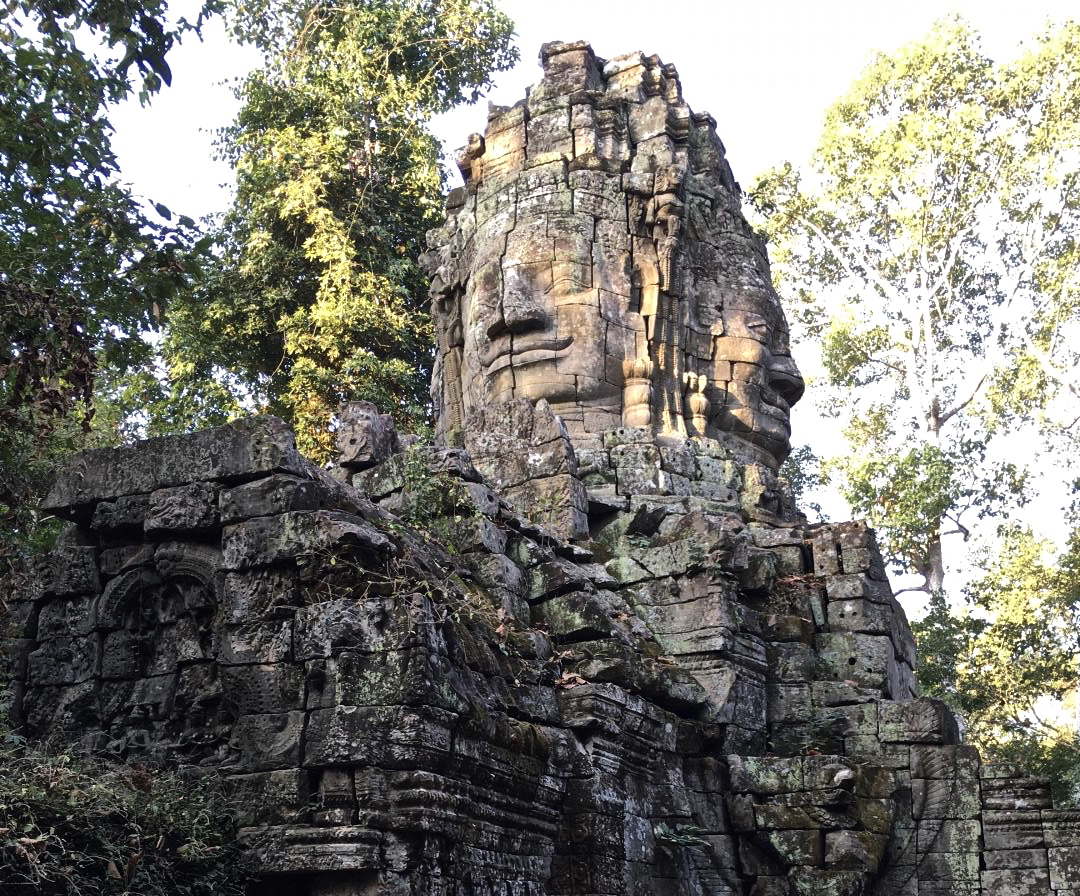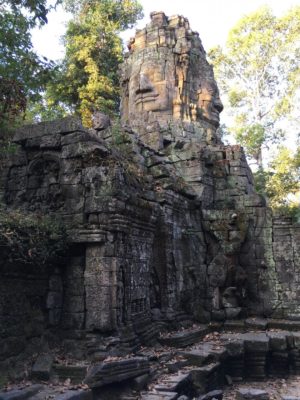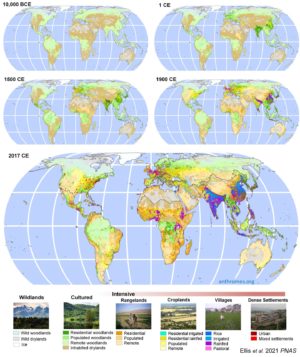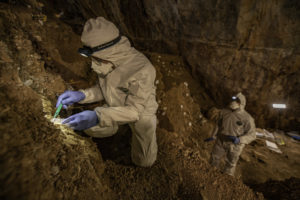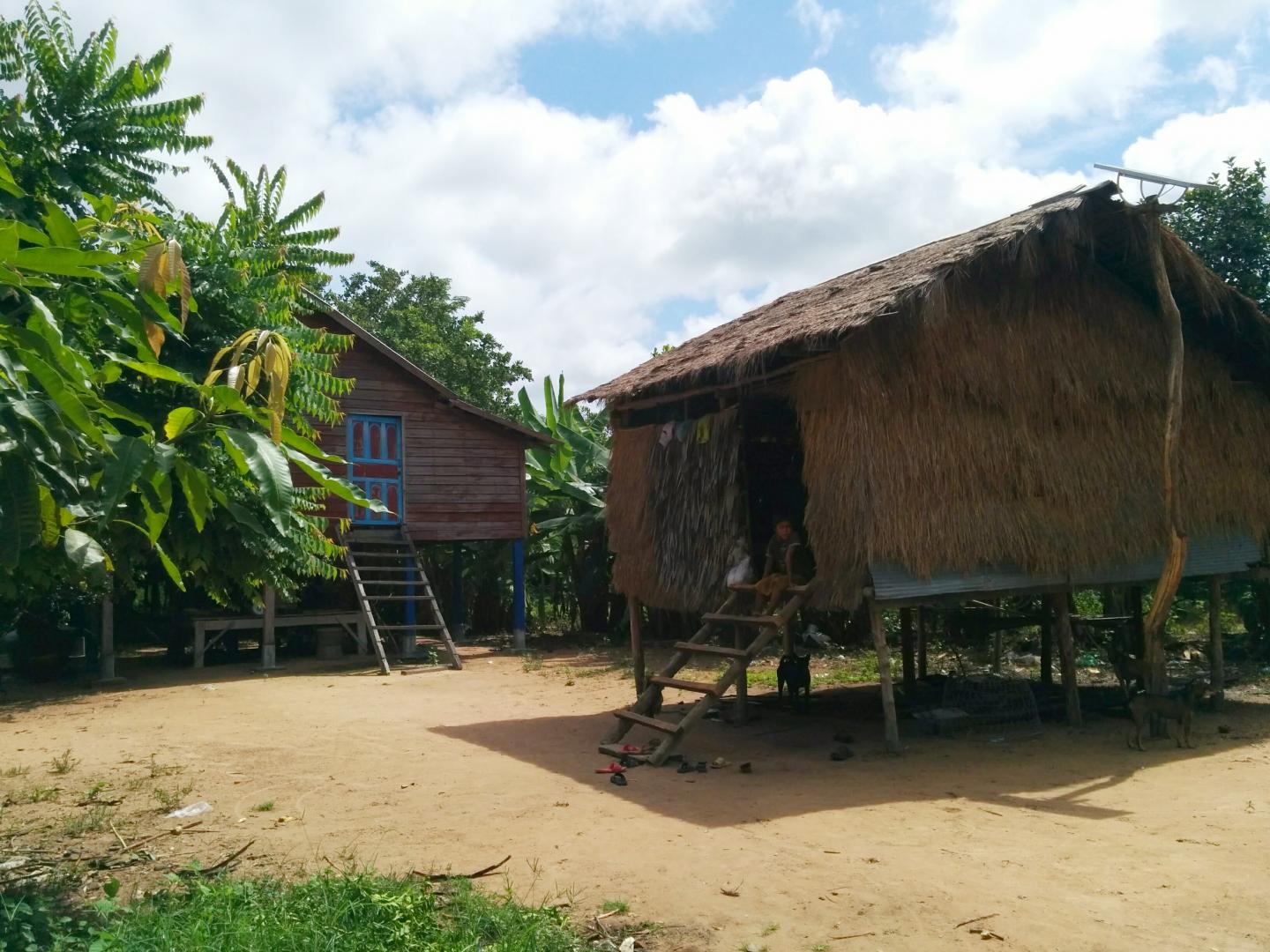
UNIVERSITY OF OREGON, EUGENE, Ore.—May 7, 2021—Long-running archaeological research, boosted by airborne lidar sensing and machine-learning algorithms, finds that Cambodia’s Greater Angkor region was home to 700,000-900,000 people.
The sprawling city, which thrived from the 9th to 15th centuries, has slowly revealed its forest-hidden past to archaeologists, but its total population has been a mystery.
The new estimate, made possible by a study designed at the University of Oregon, is the first for the entire 3,000-square-kilometer mix of urban and rural landscape. The findings* published May 7 in the journal Science Advances.
The finding is vital for potentially helping cities under pressure of climate change, said co-author Roland Fletcher of the University of Sydney and director of the Angkor Research Program, a collaboration with Cambodia’s Authority for the Protection of the Site and Management of the Region of Angkor.
“We predominantly are living in giant low-density cities around the world that are similar to Angkor, which displayed serious vulnerability to severe climate change,” Fletcher said. “We really need to know the mechanics of how Angkor worked and what people were doing to get some idea of how referable those experiences are to the risks that we face in our future.”
With the combined data, including that from several decades of research by international and Cambodian researchers, the new study revealed population details of Angkor’s ceremonial city center, the metropolis extending outward like modern suburbia and embankments incorporating agricultural areas. Angkor was a low-density city, with its population spread out across a wide area.
An initial population estimate was for 750,000 residents in an area of 1,000-square kilometers around central Angkor, Fletcher said. In this area are stone religious temples, including Angkor Wat that attract tourists.
Beyond the stone temples of central Angkor were homes and locations of supporting structures, all made of organic materials reclaimed by the jungle, said UO archaeologist Alison K. Carter, an expert in fine-grain archaeological research who has conducted fieldwork in Cambodia since 2005.
Carter was co-lead author with Sarah Klassen, formerly a postdoctoral researcher at the University of British Columbia. The two planned and designed the study while Klassen was a visiting scholar at the UO with support from the Office of International Affairs’ Global Oregon Faculty Collaboration Fund. In all, 14 long-active Angkor researchers collaborated.
Klassen brought machine-learning to the project, deploying a multilayered statistical analysis that merged data from historical archives and maps with details obtained of lidar scans of the region in a project led by co-author Damian Evans of the French Institute of Asian Studies, in 2012 and 2015.
Lidar, which is short for light detection and ranging, is done by sending laser pulses groundward from aircraft. It captures details of ground by ignoring ground clutter such as forests. The new data, Klassen said, “really transformed our understanding of the landscape.”
Lidar documented and mapped 20,000 features not seen before, adding to a previous database of 5,000 locations, said Klassen, now a postdoctoral researcher at the University of Leiden.
“When you are on the ground in the main parts of the city center it is quite forested,” Carter said. “As you walk around you can tell there is something in the landscape around you, but you cannot see anything clearly. Lidar gave us a beautiful grid of mounds and depressions, which we think were little ponds.”
As initial lidar images were being transmitted, researchers at the Angkor field station stayed up into the early morning hours to watch, Fletcher said.
“It was absolutely fabulous,” he said. “We had earlier radar data, but the amount of new information was staggering, especially because the lidar images captured the entire region in great detail.”
The new data have been organized into different periods of Angkor’s growth, particularly in the lifetimes of kings who were most influential to infrastructure changes, said Carter, who heads the UO’s Southeast Asian Archeology Lab.
Lidar showed where houses, which had been built on mounds and elevated on posts, had stood. Researchers estimated that five people lived in each household and extrapolated that data to assess the region’s total population.
“We looked at the growth of the city of Angkor over time,” Carter said. “We found that different parts of the city grew in different ways. The way we think about population growth in cities and suburbs today is probably the same for Angkor.”
The study’s findings enhance the “comparative understanding of premodern urbanism,” said co-author Miriam T. Stark, director of the Center for Southeast Asian Studies at the University of Hawaii at Manoa.
“Studying Angkor’s population is important for envisioning the future’s urbanism with respect to global climate change,” Stark said. “Angkor was a tropical city that persisted through centuries of political and climatic volatility. Tracking its history and tipping point could help urban planners understand some kinds of constraints that face increasing numbers of the world’s cities.”
Klassen’s machine learning contributions initially were published in a 2018 study in PLOS ONE.
“In this new paper,” she said, “we introduced statistical learning paradigms and our archaeological case study and dataset. We then explored four classical mathematical approaches to find statistically significant predictors to date temples built in different locations in the region.”
That led to a historical model for temples built between the modern-era years of 821-1149 within an absolute average error of 49-66 years.
“This was critical for our study, because it allowed us to see how the metropolitan area developed in comparison to the civic-ceremonial centers,” Klassen said. “It also allowed us to estimate populations connected to the temples and see how those population changed over time.”
Population information paves the way for better understanding Angkor’s economics and resilience, said co-author Christophe Pottier of the French Institute of Asian Studies, who has researched the site for 30 years.
Periods of growth covered in the new study occurred between 770 and 1300.
Future research, Fletcher said, will more deeply examine the expansion of population clusters.
“What was the population of Angkor prior to this sample period? We have to get below all of the current structures with archaeology to predict and model earlier periods,” he said.
Klassen and Carter’s contributions are crucial to future research, Fletcher said.
Several of the new study’s co-authors, including Carter, Evans and Stark, and other collaborators have questioned the conception that Angkor depopulated quickly due to climate pressures in the 15th century.
“We can tell from our archaeological data that that were still people on the landscape, and there is evidence of modifications being made to temples into the 16th century,” Carter said. “Our work isn’t really designed to answer the timing question for the shift of population away from this area, but it probably happened much slower than long thought.”
____________________________
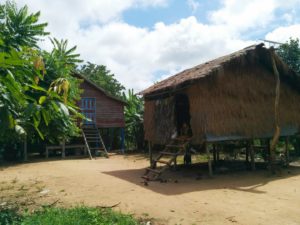
A pair of contemporary Cambodian houses: The house in the background is made from wood and modern materials. The house in the foreground was built traditionally from organic materials such as wood and thatch. An international research team has unveiled where such organic-made homes once stood in the Greater Angkor region and how many people lived in each dwelling. Photo by Alison Carter
____________________________
Article Source: UNIVERSITY OF OREGON news release
*https://advances.sciencemag.org/content/7/19/eabf8441
Several organizations funded the research, including the Rust Family Foundation, Social Sciences and Humanities Research Council of Canada, a National Science Foundation Doctoral Dissertation Research Improvement Award, the American Council of Learned Societies-Robert H. N. Ho Family Foundation Program in Buddhist Studies, Australian Research Council and European Research Council.
If you liked this article, you may like the article In the Shadow of Angkor, a free premium article published in the Spring 2021 issue of Popular Archaeology.
____________________________
Advertisement

